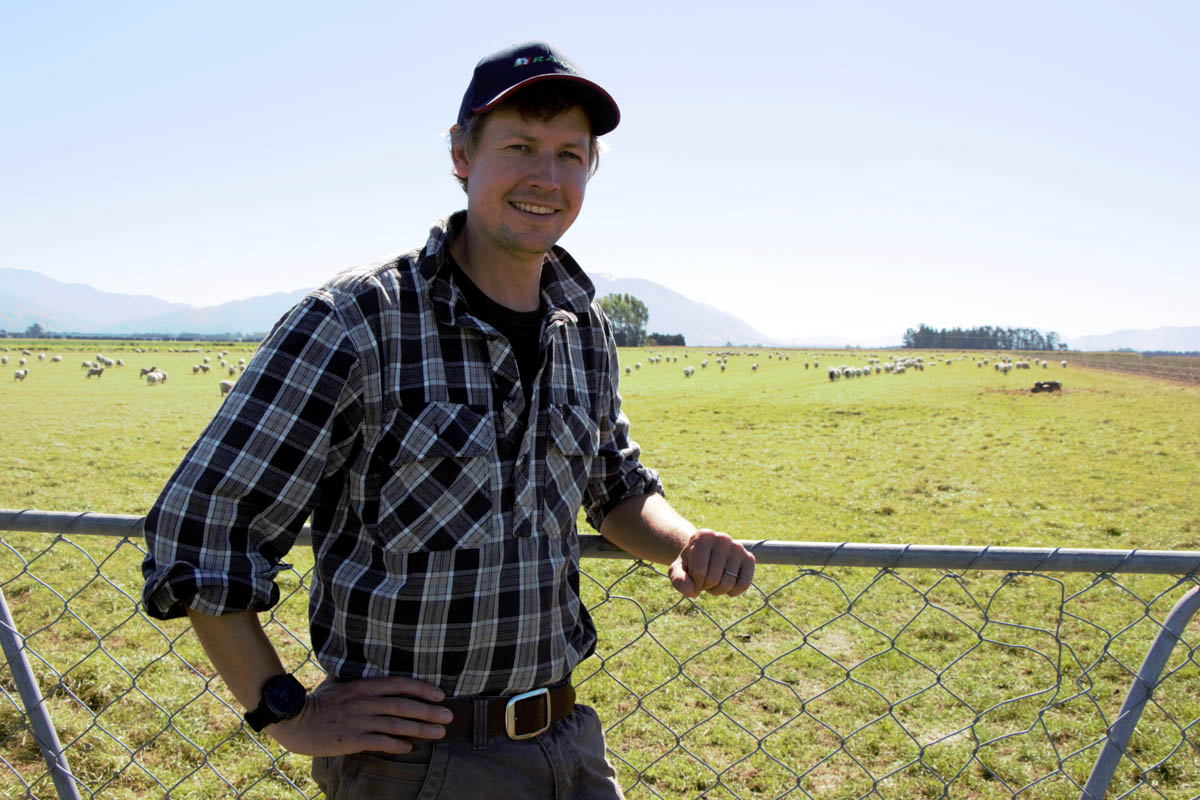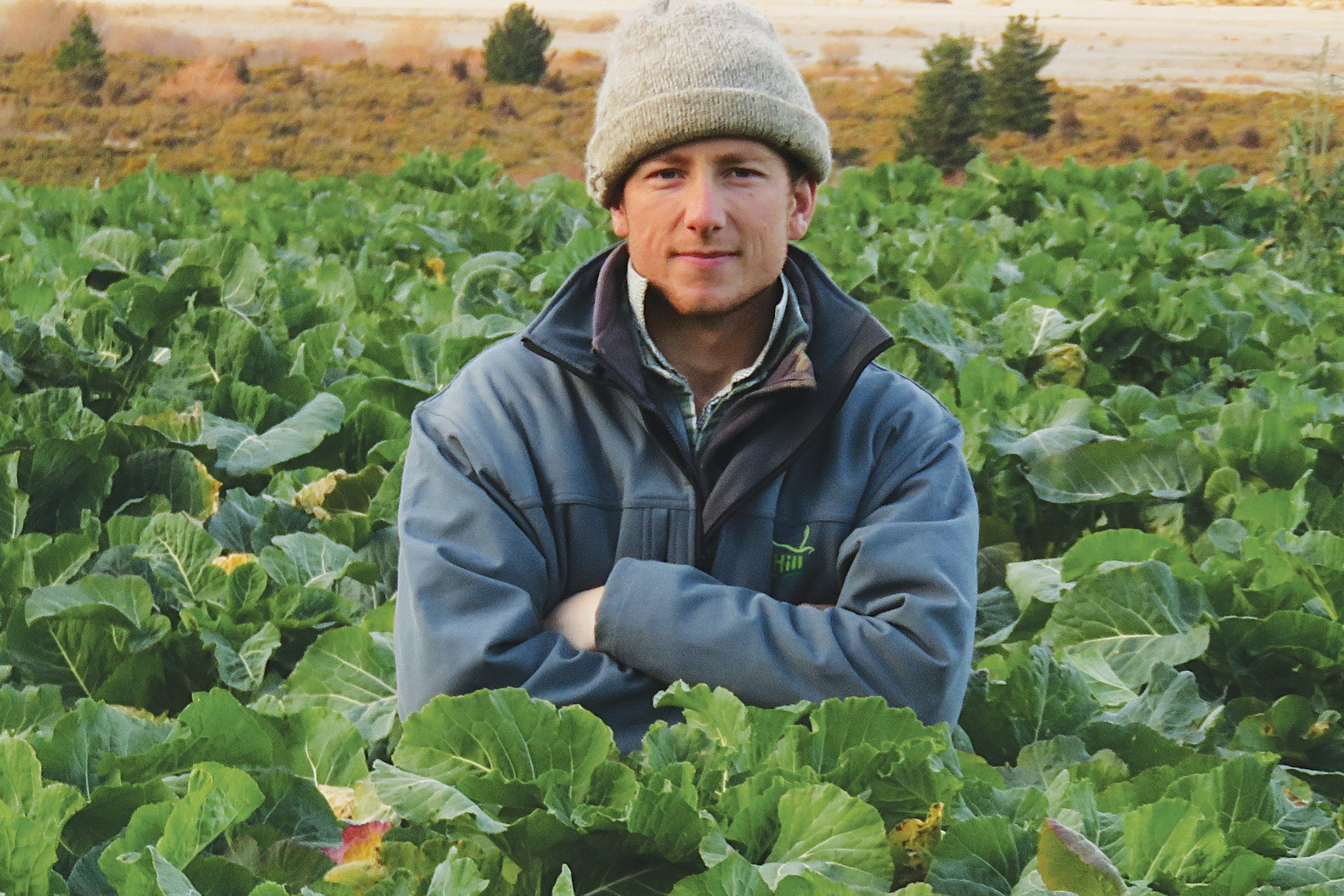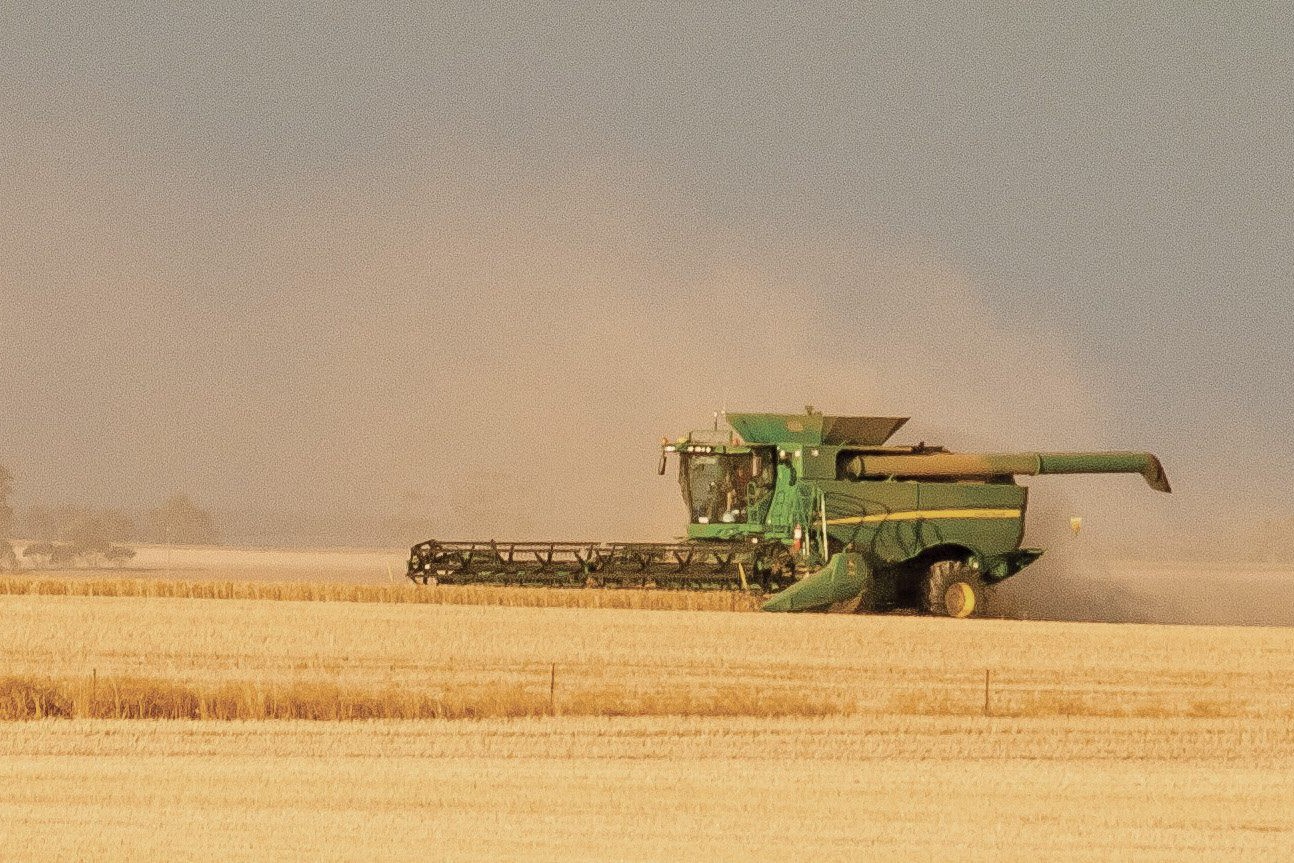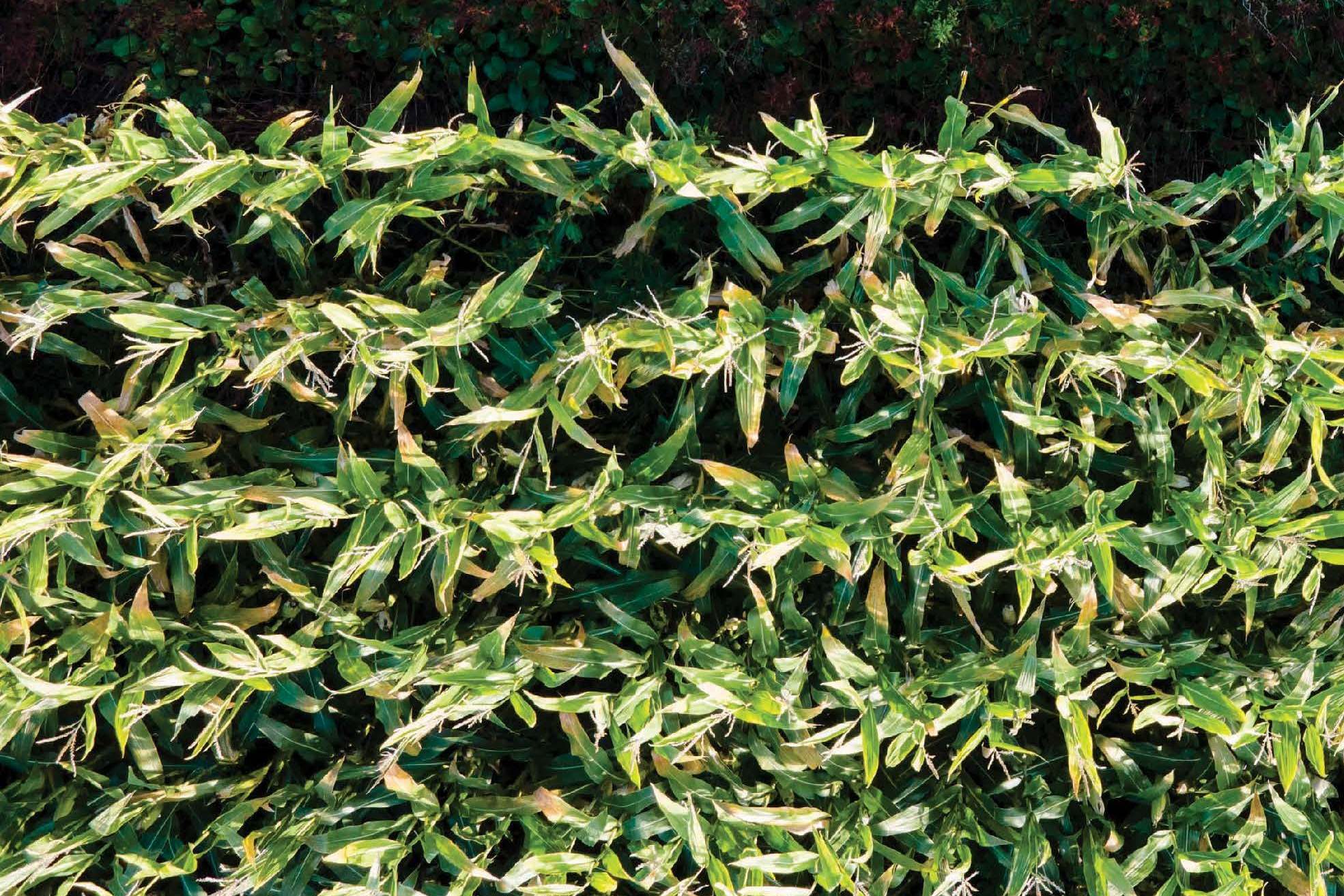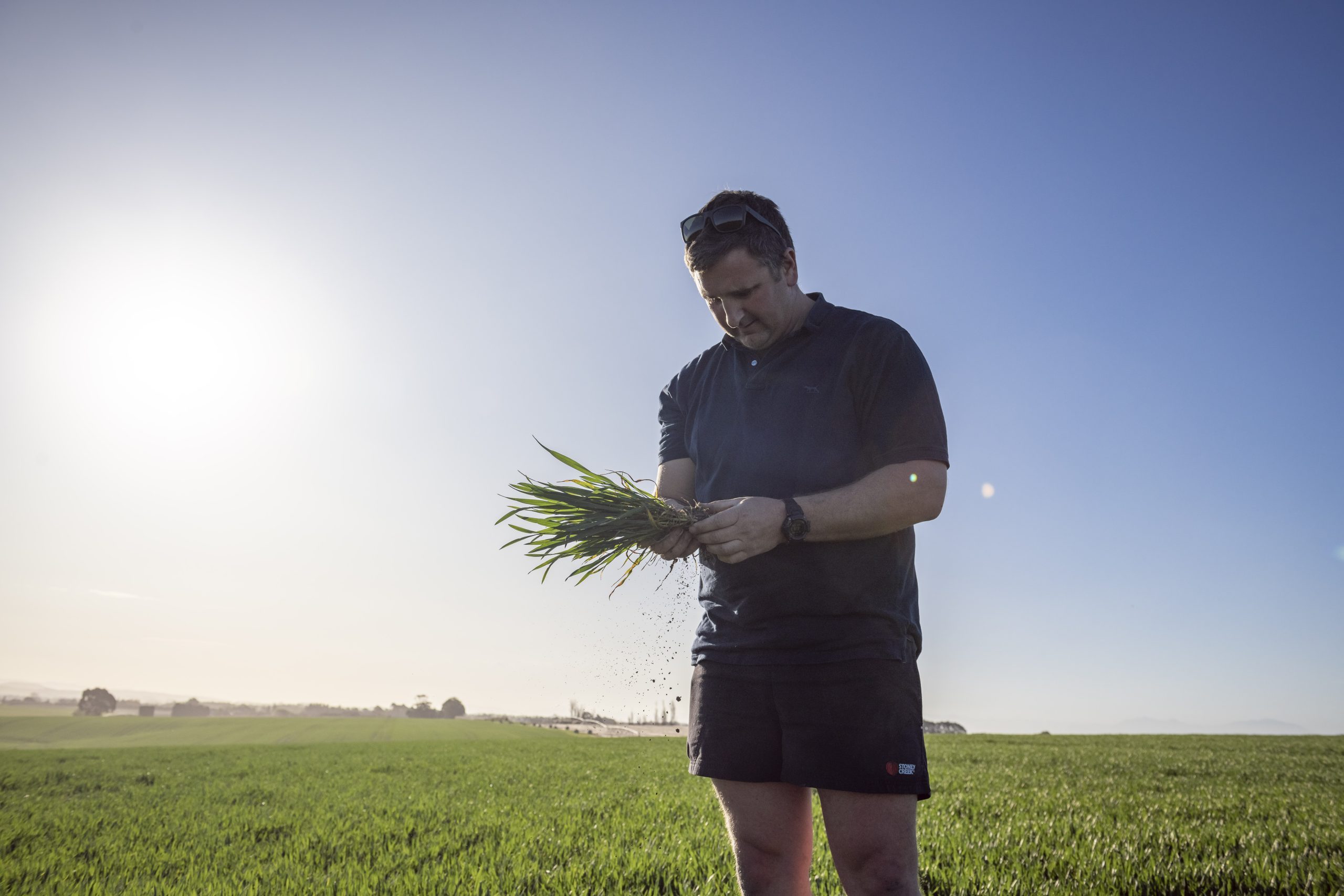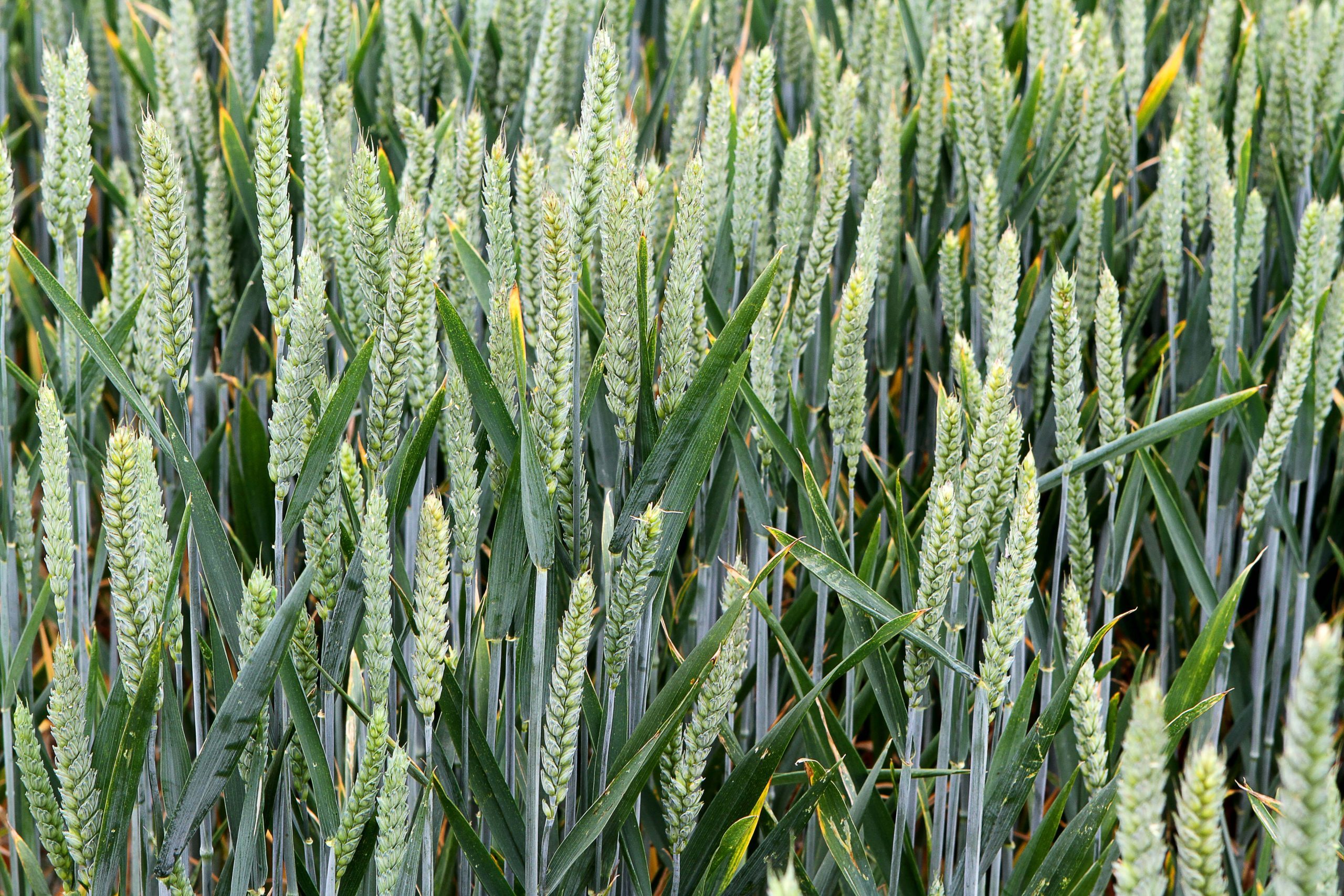Crops and Forage
Optimising opportunity
Livestock plays an important role on most arable farms. Heather Chalmers of the Foundation for Arable Research talks to two Mid Canterbury mixed arable farmers about how they are optimising the integration of cropping and livestock.
Agyields database seeks users
The Agyields database - a central library housing all of New Zealand’s historic and future pasture and crop growth and yield data - has come to fruition thanks to the forward thinking of Professor Moot,
Online checks for soil moisture
A demonstration site is allowing farmers to check out what moisture probe readings look like on provider companies’ software platforms.
Soil nitrogen to reduce maize growing costs
Farmers growing maize can save money in nitrogen (N) costs as well as make environmental gains by making better use of plant-available N naturally present in the soil,
Putting endophytes to the test
Without endophytes, ryegrasses suffer. Sandra Taylor reports on research into the fungi, their positives and negatives.
Staying ahead of the game
He’s only 22 years old, but Canterbury farmer Luke Hurley has a wise head and a thirst for knowledge. His efforts are paying off with a big win at a recent winter feed competition. Story and photos by Annabelle Latz.
Outlook mixed across the Tasman
Australian crop production is expected to be hit with rainfall deficiencies starting to emerge across several agricultural regions.
Milk price reduces options
Impacts of cuts to forecasted milk payments to the nation’s 12,000 dairy farms are expected to ripple across the wider economy, including the arable sector. By Victoria Rutherford.
Tech investment drives business
Investment in precision agriculture and a focus on input efficiencies is showing tangible results for a South Canterbury farming family. By Victoria Rutherford.
Driving plant productivity
Generating $30 billion a year and employing one in every 10 people, New Zealand’s economic fortunes rest heavily on the productivity of its pastoral sector. By Sandra Taylor.

